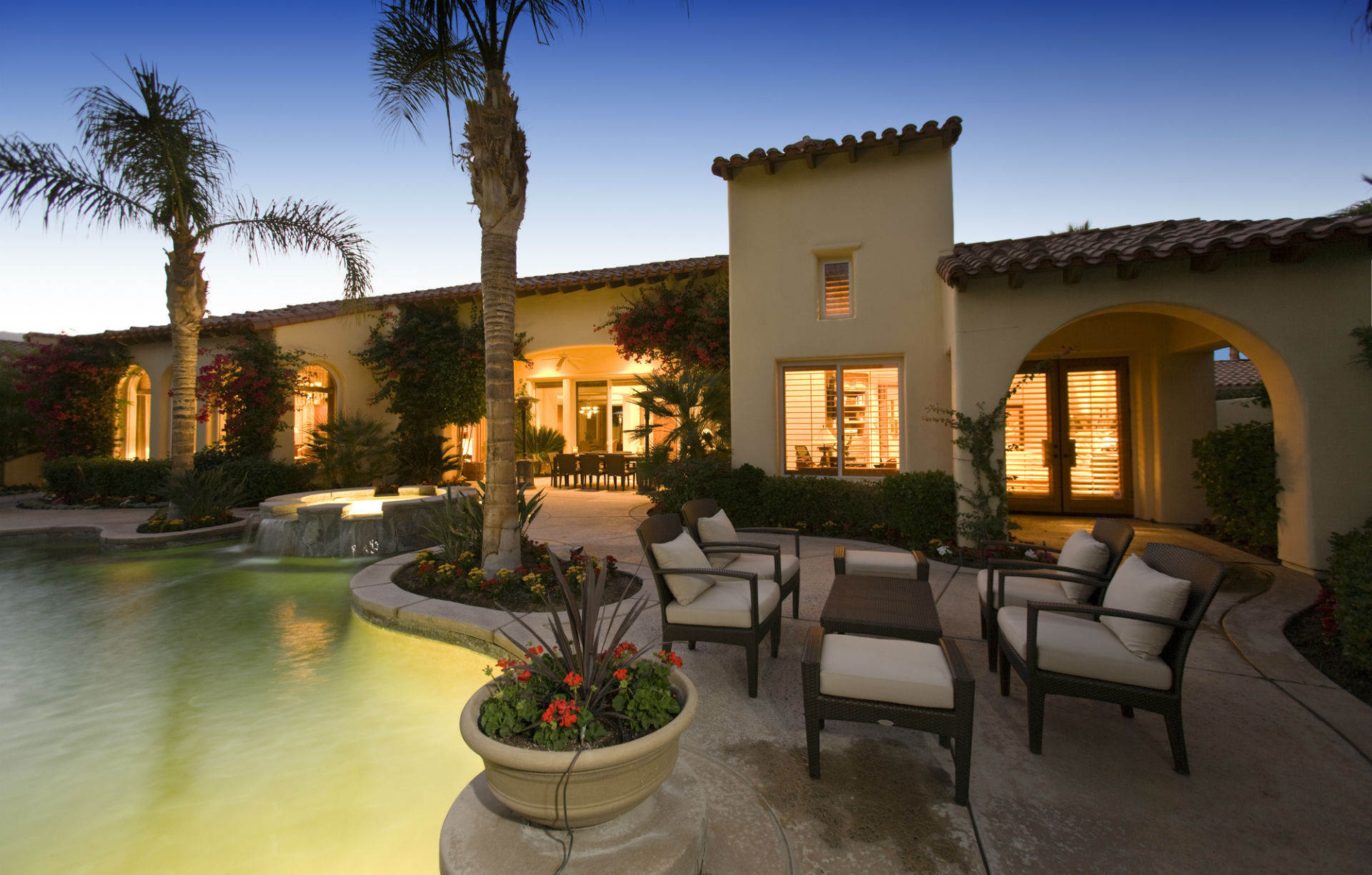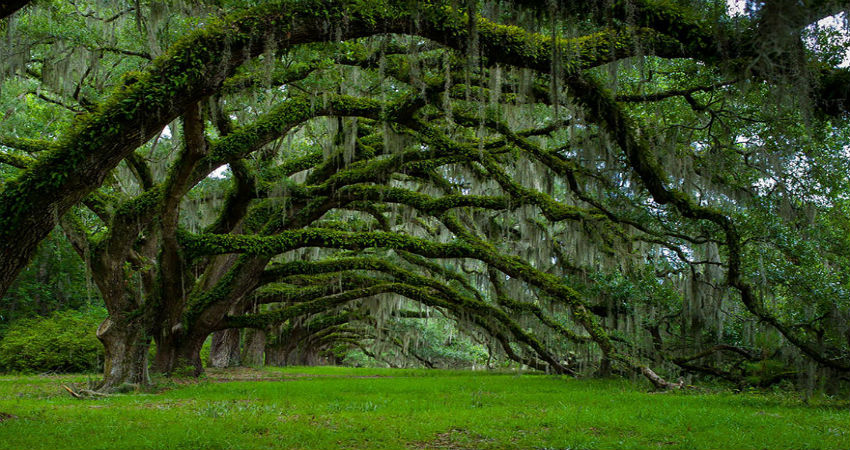Types of Gardens Designs at Garden Designs and Landscapes
Types of Gardens Designs at Garden Designs and Landscapes
Garden Design has landscaping services and designs gardens for all type of home, condos, and apartment buildings. We design all type of gardens Mediterranean, cottage, Japanese, English, rock gardens, Zen, hillside, and wall. As one of the Los Angeles landscape design firms, we offer the most versatile services to customers around. When customers want a garden design our staff consults with them by visiting the space and discussing details. We draw a detailed design before starting any work. What are some of the garden designs we do?
Mediterranean gardens are known for using a silver-green color scheme and drought-resistant plants. Popular plants are rosemary, lavender, fig trees, grapes, climbing roses, and olives. These gardens often have potted plants, gravel floors, benches to sit on; water features, hedges, and raised beds. Our designers can help customers design a small, medium or large garden with these features. This style garden is similar to those found in Italy and Europe. These gardens can be simple to elaborate in design with shady spots and topiary. As one of the special Landscape design firms in Los Angeles, we will design the garden to your specifications.
Cottage gardens or English gardens are often designed for homes in the country with land. We need planning to look organized and work well. Many have fences and hedges to give them design and form. Some have stone paths and small patios to sit or entertain. Flowers planted are roses, foxglove, ground covers, dwarf conifers, peonies, columbine and other plants. Choosing a color scheme helps coordinate the garden. Herbs, fruits, and vegetables are often grown with other plants. Decorative objects are often added bird baths, sundials, and small fountains. Its design is organization among the chaos. Other English gardens are more formals and structured.
A Japanese garden or Zen garden has simple lines that combine rocks, plants, and often water features to create a peaceful retreat. Plants that might be included are ferns moss, hosta, azaleas, Japanese maple tree, bamboo, cherry trees, camellia, iris, and lotus. Rocks play a central role in the design and represent power. Rocks of varying size and types are used to depict simple structures. Japanese gardens often have stone lanterns, small fountains or ponds with water to create harmony and balance. These gardens can be small and simple a retreat from everyday life or larger with bridges and elaborate water features. These landscape contractors Los Angeles know many different layouts.
Rock gardens add design and interest to small or barren landscapes. Using rocks of different forms gives space to plant. Often rock gardens are built into small or large hills. Garden Design will sketch out a plan before beginning work. These gardens often use drought-resistant plants, and bulbs like tulips and daffodils. Smaller plants do better and creeping plants like moss, ice plants, smaller grass, mint, and succulents. Having the right soil mixture will help the plants grow and stay healthy. It can be designed using a stone wall with small conifers, shrubs, and perennials. From simple to Luxury landscape Los Angeles our designs are versatile.
Vertical gardens are another popular design with customers. We are plants on a wall or displayed in rows on planter or display. There are container or pocket style designs. Plants can be grown on large wooden or plastic wall planters, recycled shipping pallets made of wood. Sometimes wire mesh is used to keep plants in place. A vertical garden can go inside or outdoors. The amount of sun and the amount of space often determines placement. Plants often used are herbs, vegetables, or flowers. Often we use a simple or more complex irrigation system for watering.
Green Design designs Luxury landscape Los Angeles and gardens that are formal to simple. Our landscape contractors Los Angeles can design and build the garden that customer’s desire. We design vegetable gardens, rain gardens, flower gardens, water gardens and more. Call today to make an appointment at: 310-295-9958


